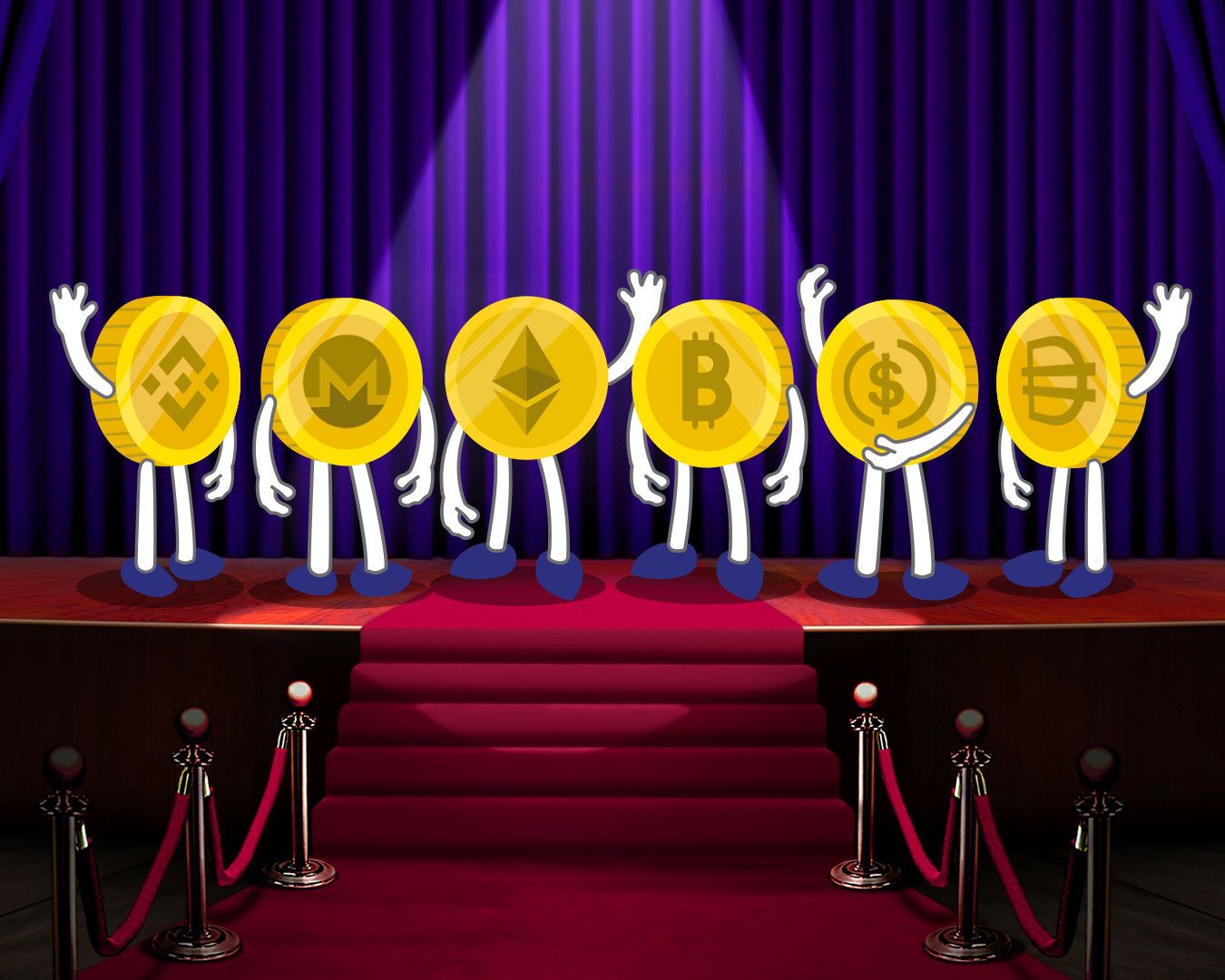With new cryptocurrencies popping up daily, it is hard to keep track of how many cryptocurrencies are there. While the entire market fluctuates as it goes, recently passing the $1 trillion market cap was an excellent milestone. Let’s dive into this piece looking at the exact number of cryptocurrencies there are, what they are and why there are so many.
What Are Cryptocurrencies?
Before we launch into the “how many” aspect, let’s cover the “what is”. Cryptocurrencies are digital currencies that exist on a distributed ledger. These currencies exist entirely online, and require a network of nodes to facilitate the network. Bitcoin was invented in 2009 as a peer to peer payment solution free from governments, banks or financial institutions. Since then, a large number of cryptocurrencies, also referred to as altcoins (referring to anything that isn’t Bitcoin), have come into existence offering different use cases.
For example, a top 5 cryptocurrency Tether (USDT) is a stablecoin pegged to the US dollar that can be used as a hedge against falling crypto markets or an entry point into the market. Chainlink (LINK) is another blockchain platform that is focused on connecting real world data to the blockchain world. More on this below.
What Are The Different Types Of Cryptocurrencies?
As new projects come to light, new solutions are being solved within the industry. While cryptocurrencies are typically based on the same concepts (decentralized, peer to peer, proof of work or proof of stake, etc) they can have entirely different functionalities. There are currently seven different categories that a cryptocurrency can fall into, depending on the project behind it. They are:
- Digital currencies that focus on payments, e.g. Bitcoin, Ethereum and Litecoin (which can also be used as a store of value).
- As mentioned earlier, stablecoins that are pegged to a fiat currency, e.g. Tether and USD Coin.
- Privacy tokens, cryptocurrencies that prioritize anonymity, e.g. Monero and Dash.
- CBDCs (central bank digital currencies), digital fiat currencies operated by banks, are currently being explored in numerous countries.
- Governance tokens, often used in decentralized finance protocols, governance tokens allow users to vote on how they would like the platform to be.
- Utility tokens, used to unlock access to particular services like a subscription, for example. Commonly ERC-20 tokens.
- Non-fungible tokens, tokens with unique characteristics that represent a one of a kind product that cannot be recreated.
How Many Cryptocurrencies Are There?
According to CoinMarketCap at the time of writing, there are over 8,400 different cryptocurrencies on the market. These cryptocurrencies collectively share the current industry market cap of $1,199 trillion, but not equally. Bitcoin, the original and biggest cryptocurrency, currently dominates the market with a 60% share. This equates to the rest of the cryptocurrencies, also known as altcoins, making up the remaining $470 billion of the $1+ trillion market cap. In fact, outside of the top 10 cryptocurrencies, the remaining 8,390 cryptocurrencies share only 12.88% of the market value.
At the time of writing, the market value is split over the different cryptocurrencies as such:
- Bitcoin: 61%
- Ethereum: 15.5%
- Tether: 2%
- Cardano: 2%
- XRP: 1.59%
- Polkadot: 1.51%
- Binance Coin: 0.89%
- Litecoin: 0.84%
- Chainlink: 0.84%
- Dogecoin: 0.81%
- Others: 12.88%
It is likely that in coming years the number will only escalate. As cryptocurrencies become more mainstream and adoption increases, more people might look to enter the market from a creation point of view. However, we’ve seen in recent months that several projects and tokens operating in the DeFi (decentralized finance) space have merged with other tokens to combine their resources and increase incentives. Time will tell if this will happen with the “traditional” digital currencies.
One trend that is likely to increase is the tokenization of various assets, from real estate, to stocks, to university degrees. Harnessing the power of blockchain technology, we’re likely to see an increase of other industries tapping into this decentralized, trustless world.
Why Crypto Are Important
In the last year or so the traditional financial world has taken notice of cryptocurrencies. This has driven institutional investment as well as retail investments sending the value of the market soaring. Since crossing the $1 trillion mark, the world has only now well and truly accepted cryptocurrencies. PayPal’s recent announcement of supporting cryptocurrencies has also done wonders for widespread adoption, and is likely to continue.
Cryptocurrencies are important as they have shaken up the financial worlds as we know it. Digital currencies are now being accepted for anything from coffee to travel, and while utility is important, so is innovation. Cryptocurrencies also offer the world a convenient and highly cost effective way in which to send money across borders. Lastly, with the peer to peer nature that these currencies transact, anyone anywhere can access cryptocurrencies, allowing unbanked citizens of the world access to finance systems for the first time in history.
_______________________________________________________
Oobit Technologies Pte, 50 Raffles Place #37-00 Singapore Land Tower, Singapore (048623). is a company registered in Singapore (no:201716443G), that has been approved as Appointed Representative of Oobit Technologies OÜ, Harju maakond, Tallinn, Lasnamäe linnaosa, Väike-Paala tn 2, 11415, (no: 14852617 ). Which is authorized and regulated by the FIU (no: FVR001421 and FRK001304).

